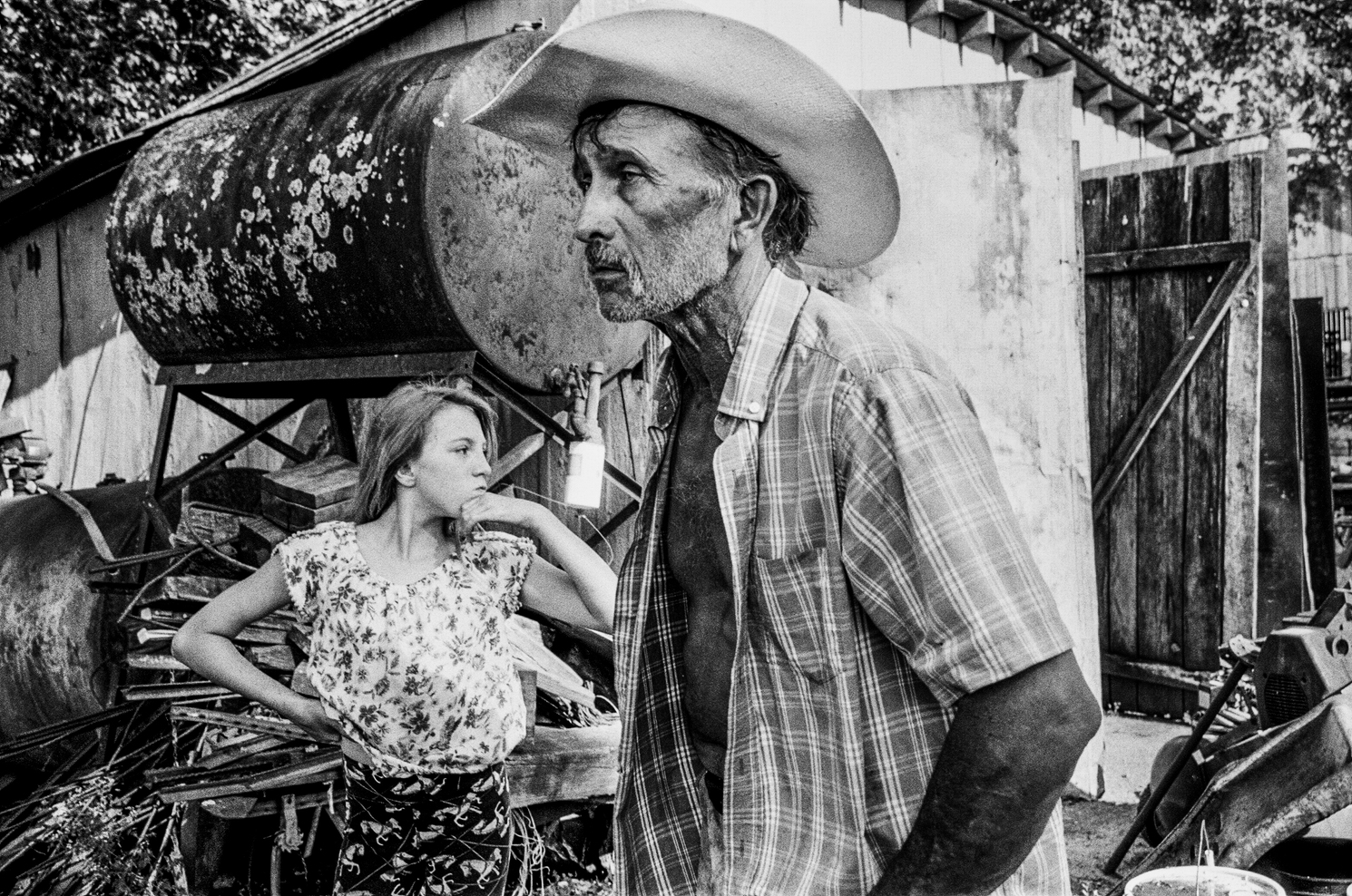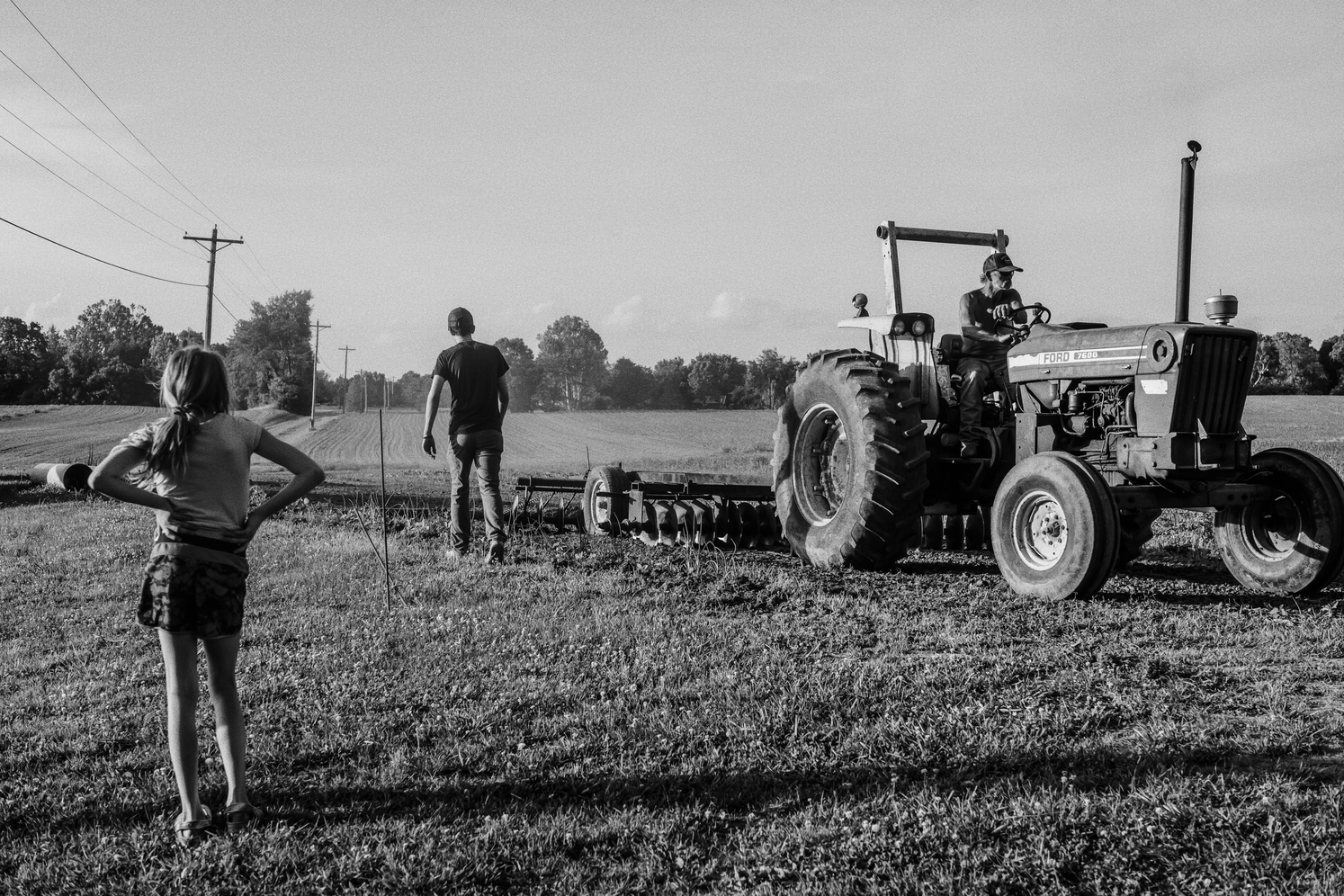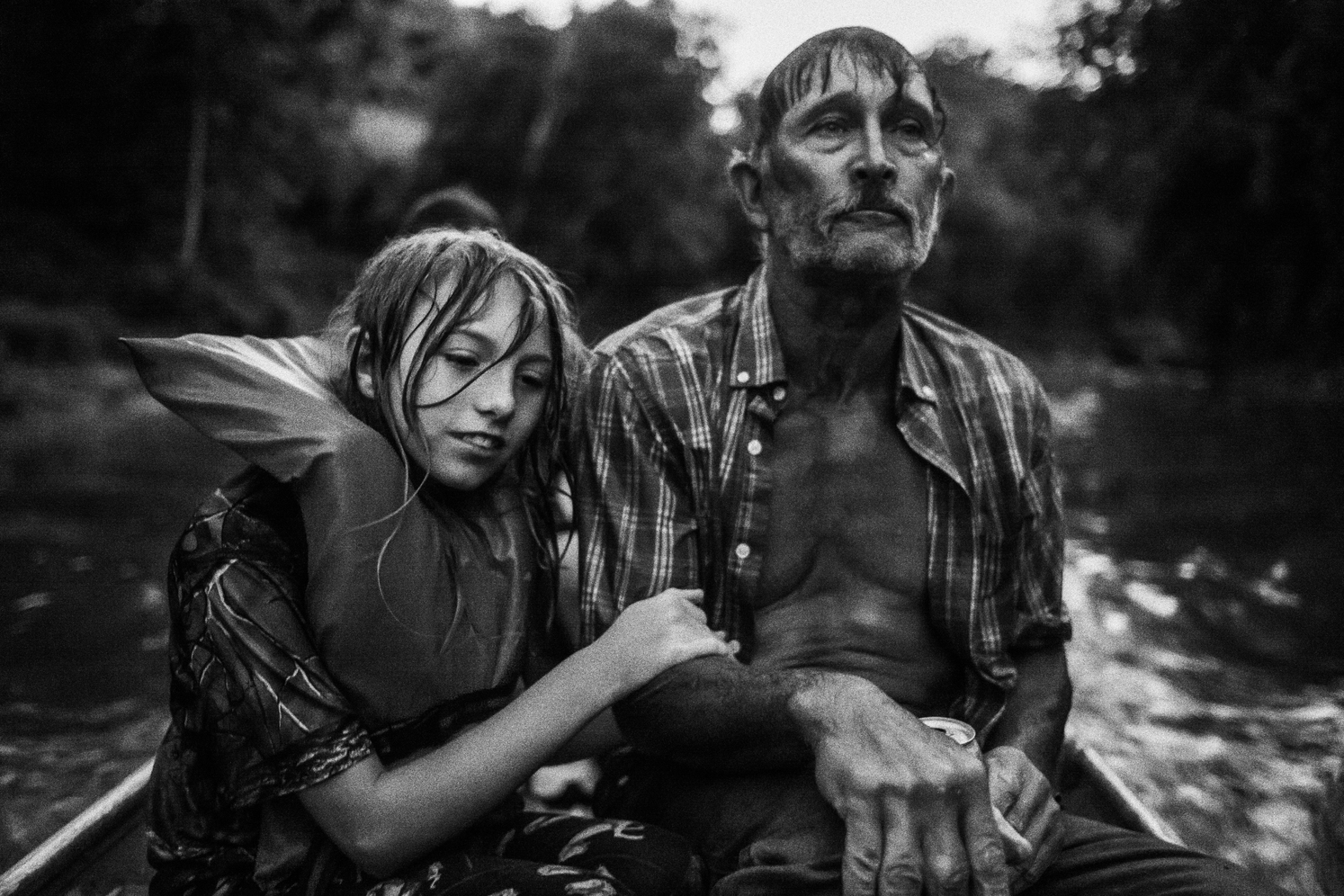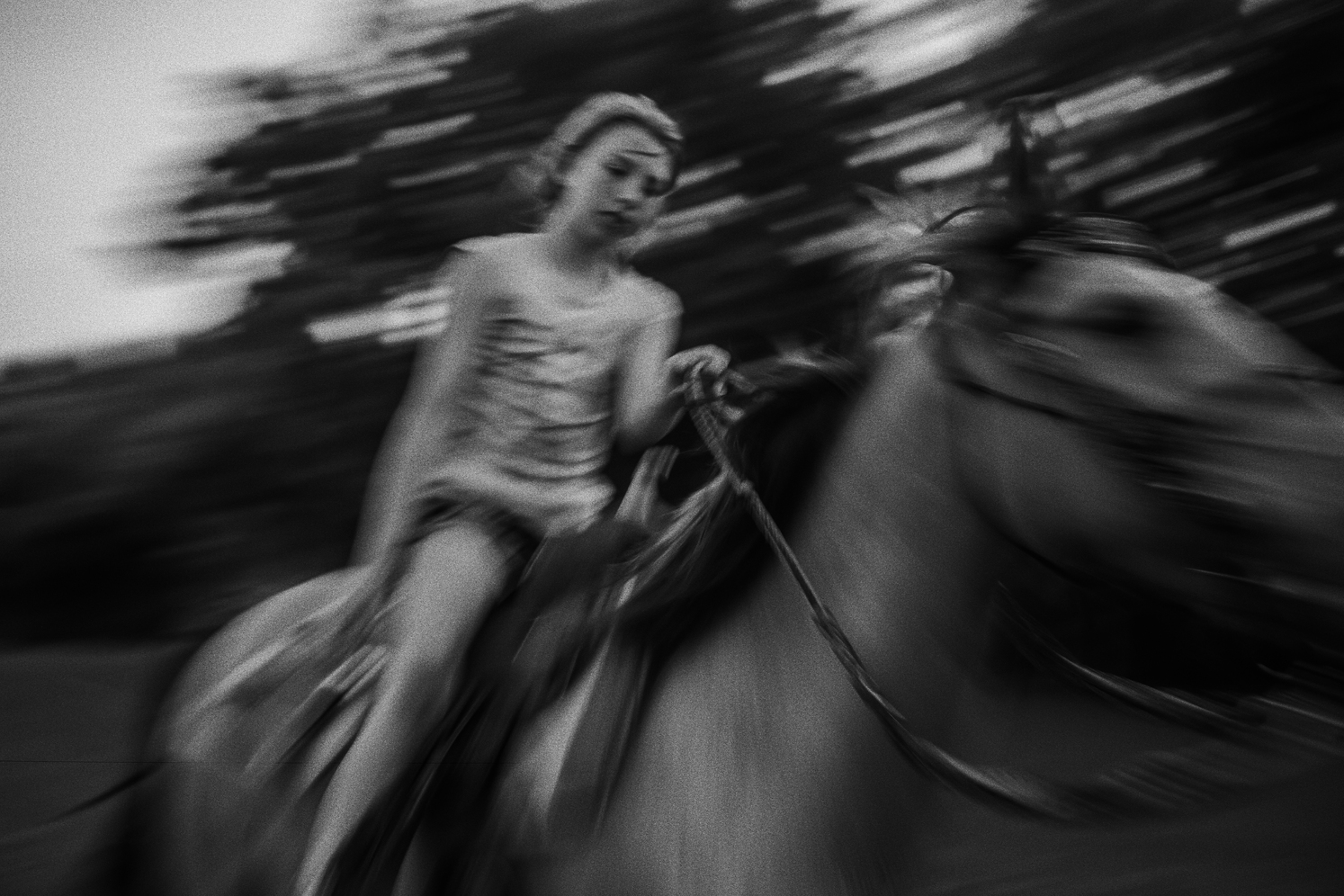Beneath the gently rolling Loretto hills of Kentucky, 11-year-old Zoey Allen rides bareback through fields of corn and soybean, while her grandfather called Jackie “Jackrabbit” Allen, shirtless and leather-skinned, walks methodically through rows of freshly cut hay.
The 260 acres under his feet, established by his grandfather before him, are indeed the only world he’s ever known. His face and hands hold the unmistakable texture of someone intimate with hard work. Standing next to him, his granddaughter, Zoey, exudes the same grit.
The Allens represent the best that American farms have to offer. They are the summation of generational knowledge and skill, passed down through family lineage. And for centuries, the world has benefitted from their tradition of generational intimacy with the land. But as industrialized agriculture continues to grow, the generational model of farming is evolving. Traditional, midsize farms are nearing extinction in America, uprooted by a thriving yet unforgiving farm economy that favors the extremes. Those who remain find themselves on the precipice of an ever-widening chasm, into which more than four million farms have vanished since 1948.
Photo copyright: © Bob Miller






